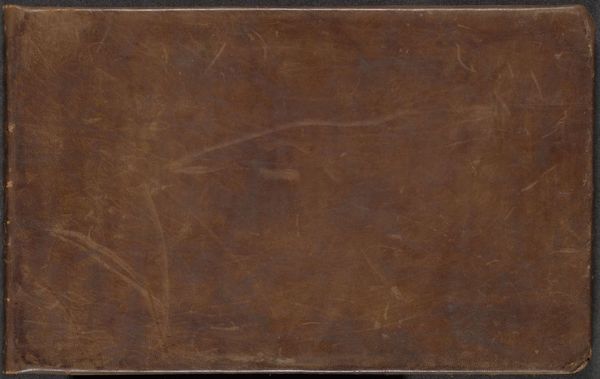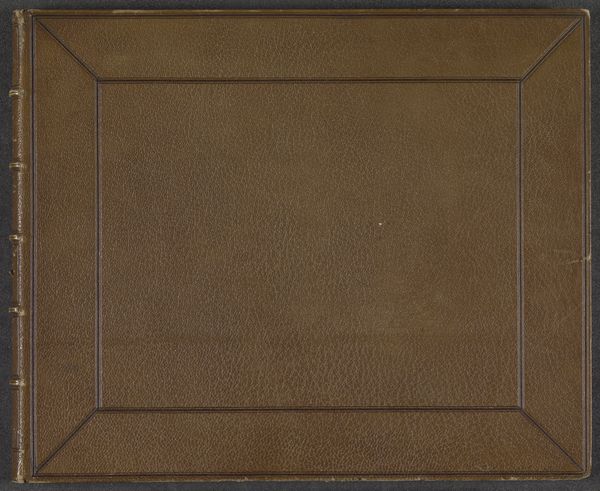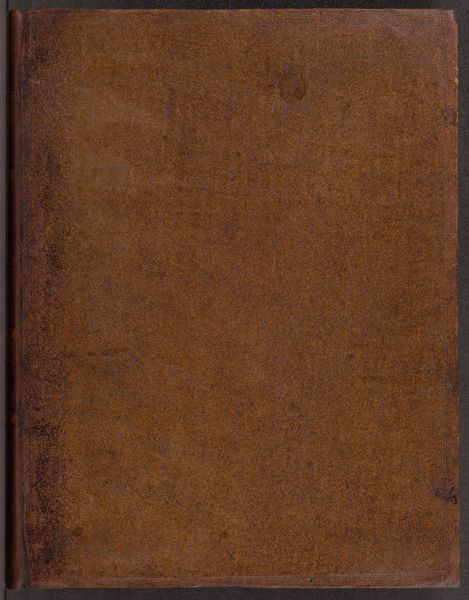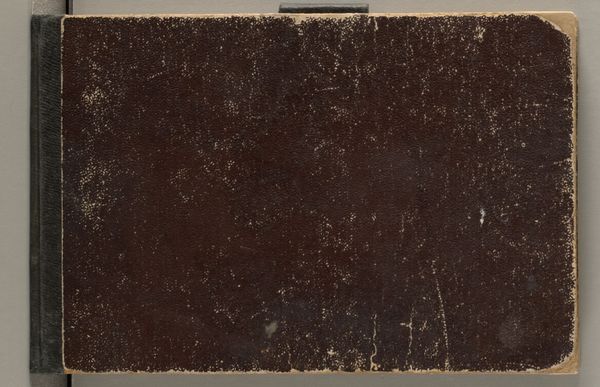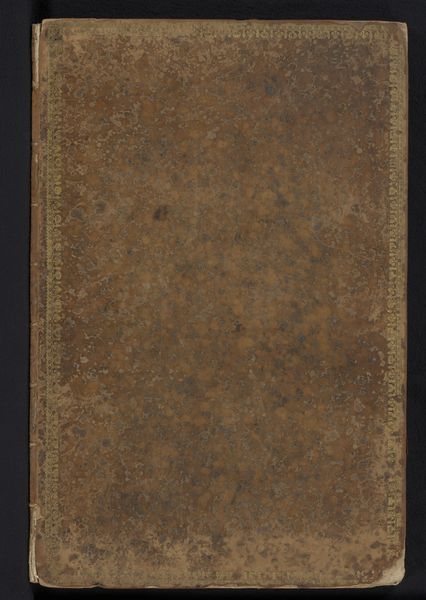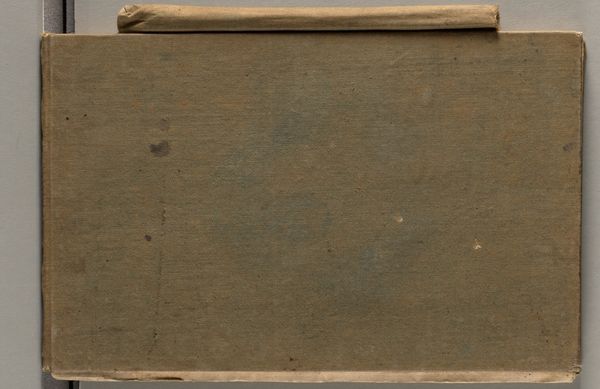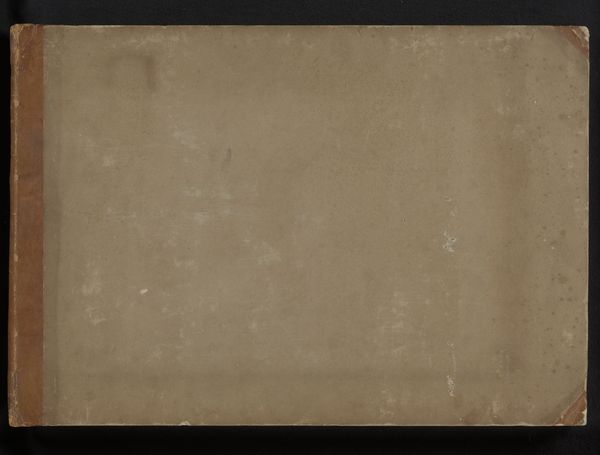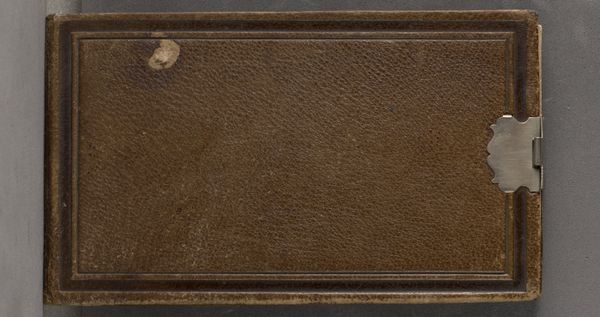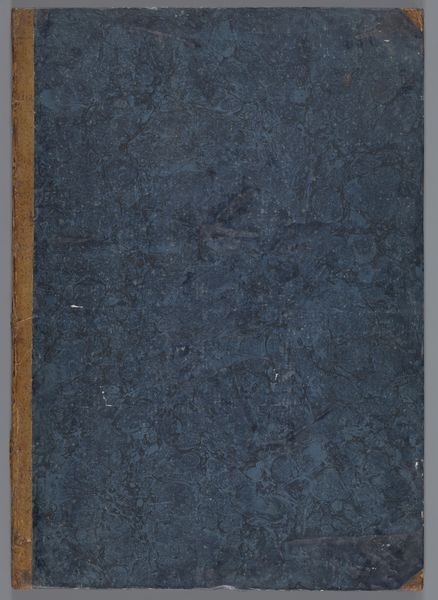
drawing
#
drawing
Dimensions: 120 mm (height) x 195 mm (width) x 10 mm (depth) (monteringsmaal)
Curator: This is Lars Møller's "Sketchbook of Greenlandic Landscapes," created in 1883. It's currently held at the SMK, Statens Museum for Kunst. Editor: Its understated materiality projects a starkness, an economy, that speaks to both the Arctic environment it purportedly contains and, perhaps, to the conditions under which it was created. It almost resembles a utilitarian object more than a delicate artwork. Curator: Exactly! The canvas binding and the way it is simply stitched point toward the rigors of travel and the practical needs of an artist documenting a landscape in a remote setting. Møller, documenting Greenlandic life and geography, needed something durable, fit for purpose. There's also a social dimension here; sketchbooks like these speak to access to resources and the means of artistic production in peripheral colonial contexts. Editor: And to the perspective through which these landscapes are viewed and consumed. Who was the intended audience? The sketches were destined to inform broader representations and understandings of Greenland and its inhabitants, which likely catered to European sensibilities. Was he commissioned, and who supported his trips? Curator: A crucial aspect to consider. By understanding the patronage system, we reveal potential biases shaping what Møller chose to record and how. The drawings inside— the materials employed, the labor involved in transporting them, even the paper itself—are linked to networks of power and influence operating in and around Greenland. Editor: I agree. Further, it emphasizes the intersection between artistic creation, geographic exploration, and colonial exploitation. The drawings within might have offered scientific value or shaped an aesthetic of the 'exotic,' that fueled both scientific exploration and cultural imagination about this remote landscape. And ultimately enabled the rationalizations needed for colonial projects. Curator: The simplicity of the sketchbook form encourages us to reconsider assumptions about what we consider ‘art’. The rugged, portable nature highlights that drawings created outside conventional studio contexts are just as important for understanding the full artistic process. It begs a more ecological awareness concerning the materials involved and their origin. Editor: Right, it invites a critical examination of the art’s socio-political resonance – and who ultimately benefited from its creation. Curator: It reminds us how seemingly simple materials can contain multitudes, if we look closely at the circumstances of their creation and circulation. Editor: Absolutely, it challenges us to situate seemingly benign landscape imagery within narratives of environmental transformation and societal inequalities.
Comments
No comments
Be the first to comment and join the conversation on the ultimate creative platform.

